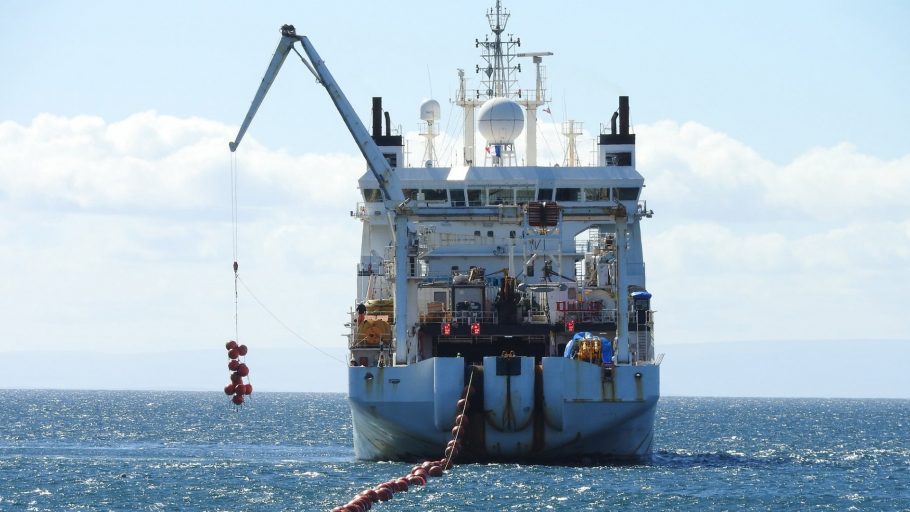A recurring theme that I’ve been hearing at several subsea conferences:
“More cables will be built – there is no limiting factor; more regions will be connected – the aim is to supply the Internet to 6 billion people by 2020.”
In other words, by 2020 it is expected that 300,000 km of new submarine fiber optic cables will be installed. OTTs and content providers have moved from capacity buyers to system builders. While Microsoft, Google, Amazon and Facebook originally grew as wholesale bandwidth customers, they soon became so large that it made more financial sense to build their own international systems. These providers’ desires to lower their costs, create their own network topologies and develop route redundancy and resiliency, combined with their need to reach massive data centers, mean that the subsea cable world is seeing some unusual deployment patterns.
Whilst attending the largest gathering of the submarine telecom industry, the SubOptic 2019 in New Orleans in April, I was privy once again to the secrecy within this business.
Facebook was astounded by an article in the Wall Street Journal, claiming that it plans to install the “SIMBA” project (encircling the whole African continent). To be honest, I had heard about this project six months previously – so why should it be kept a secret?
When talking to people close to this project, I gained an insightful glimpse. Facebook and the other OTT’s are planning numerous new cables, which nobody has yet heard of, despite no names even being attributed at this stage.

So why do they need all this capacity?
They state (unofficially of course) that they build data centers within strategic locations globally and will connect these with at least three independent submarine cables.
I found that I was asking myself – I am not really sure if I can believe what I was hearing. Three independent submarine cables to each data center – to synchronize all data centers around the world. All mainly carrying machine-to-machine traffic.
ABOUT THE AUTHOR
Eckhard Bruckschen is a master mariner and MBA with more than 30 years of experience in the offshore submarine cable industry. This experience includes plough and trenching / ROV operations; remedial works; installations of fiber optic, power, umbilical, and flexible pipes; and burial and bridge operations. Across his career, Bruckschen has managed the construction of over 40,000 kilometers of submarine fiber optic cables and 2,500 kilometers of submarine power cables.

